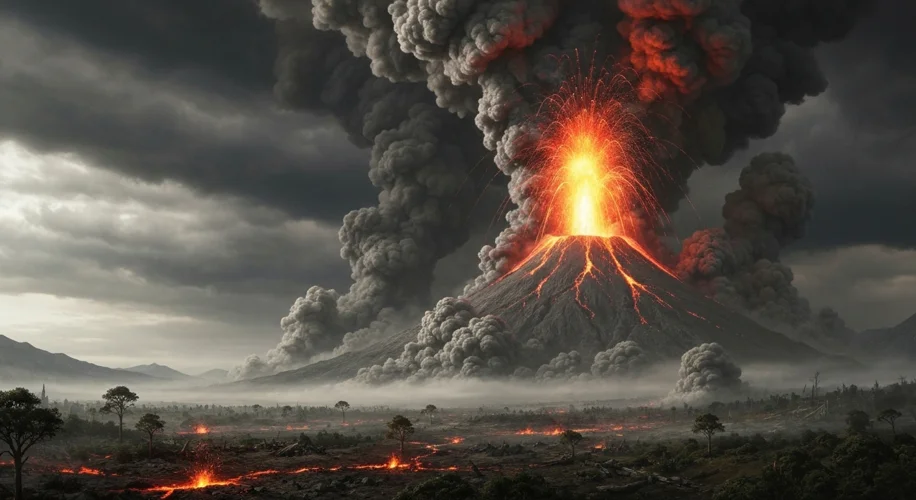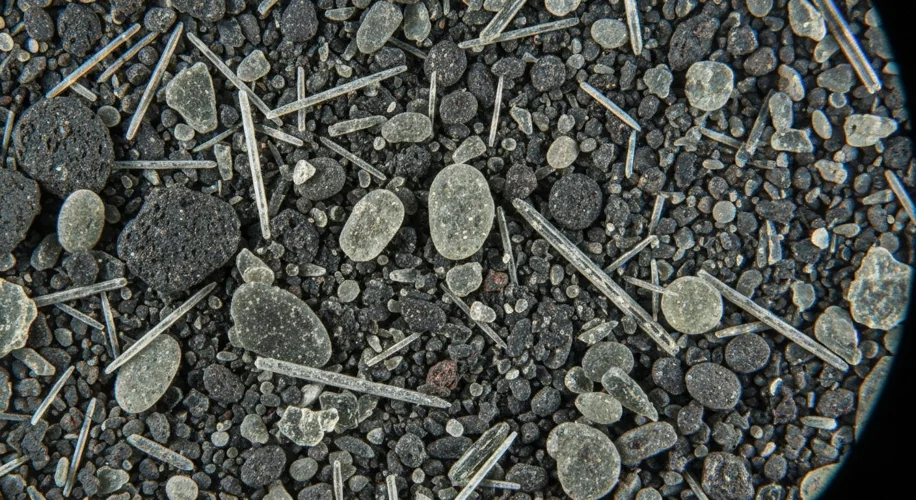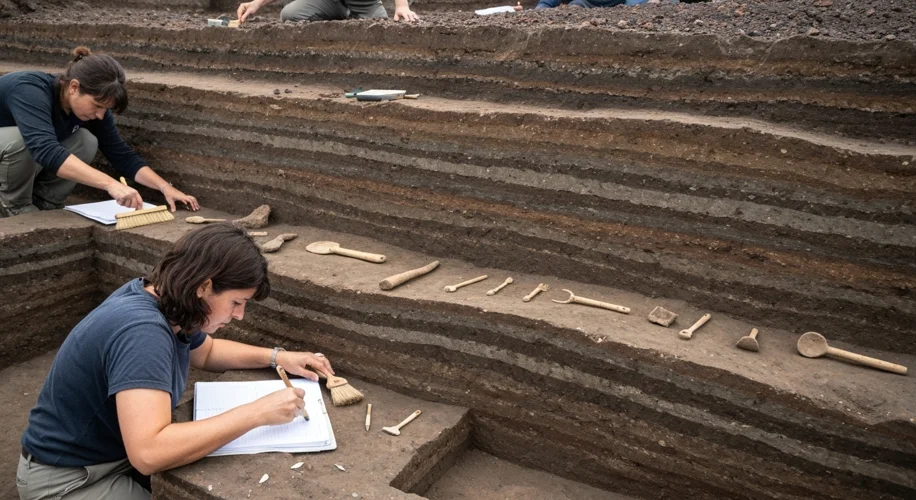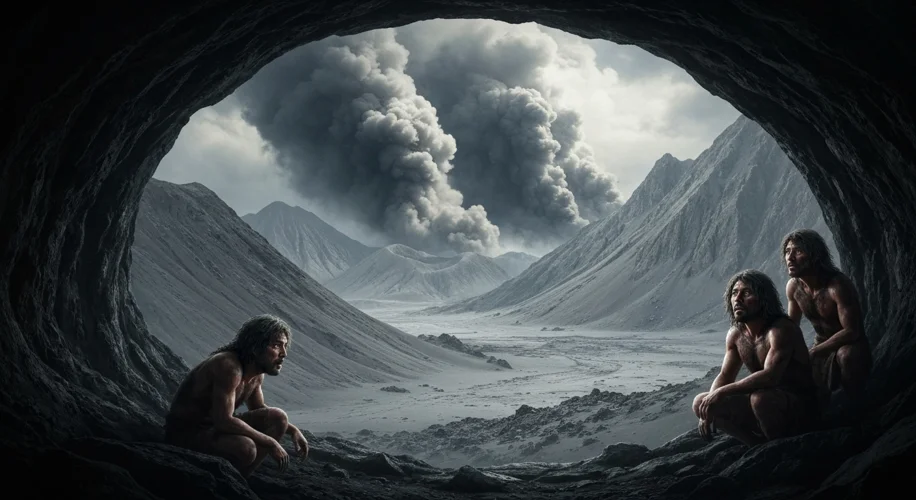Imagine a world plunged into a twilight, not of day, but of an endless, chilling dusk. For months, or perhaps even years, the sun struggled to pierce a sky choked with ash and haze. This was the grim reality for much of humanity 74,000 years ago, following the catastrophic eruption of the Toba supervolcano in what is now Indonesia.

This cataclysmic event, one of the largest volcanic eruptions in the last two million years, unleashed an unimaginable fury upon the Earth. The sheer volume of volcanic material ejected into the atmosphere was so vast that it triggered a period of intense global cooling, often referred to as a volcanic winter. Temperatures plummeted, sunlight was drastically reduced, and ecosystems worldwide teetered on the brink of collapse.
The immediate aftermath would have been apocalyptic. Widespread crop failures, freezing temperatures, and a desperate scarcity of resources would have tested the limits of human endurance. For our early ancestors, who were largely hunter-gatherers living in small, scattered groups, this event posed an existential threat. Many scientists hypothesize that the Toba eruption caused a severe bottleneck in the human population, drastically reducing numbers and threatening extinction.
But how do we know this, and more importantly, how did our ancestors survive such a global catastrophe? This is where the patient work of archaeologists and paleoanthropologists becomes crucial. Their laboratories are not filled with test tubes and microscopes alone, but with the very earth that swallowed the ash and preserved the stories of survival.
One of the key pieces of evidence comes in the form of microscopic shards of volcanic glass, called tephra. These tiny, glassy fragments, ejected from the Toba caldera, are like a fingerprint, found thousands of miles away from the eruption site. By meticulously tracing the distribution and composition of this tephra, scientists can pinpoint the eruption’s scale and its devastating reach. This volcanic glass acts as a geological marker, allowing researchers to date archaeological sites and understand the environmental conditions people faced.
Archaeological sites across Africa, Asia, and even Europe have yielded evidence of human presence during and after the Toba event. These sites often show a marked decrease in human activity or even abandonment in the immediate aftermath. However, the resilience of our ancestors is truly remarkable. In many locations, evidence suggests that early humans adapted, finding ways to eke out an existence amidst the widespread devastation.
Consider the findings at sites like Pinnacle Point in South Africa. Here, archaeologists have uncovered evidence of sophisticated survival strategies employed by early humans. They discovered tools made from a wider variety of materials, suggesting a more complex and diverse resource procurement network. There are also indications of increased reliance on marine resources, such as shellfish and fish, which may have been more reliably available than terrestrial plants and animals during the harsh post-eruption climate.

Furthermore, the study of ancient pollen and charcoal layers in sediment cores provides a vivid picture of the environmental shifts. The pollen record can reveal which plants survived or perished, while charcoal layers indicate the frequency and intensity of fires, which themselves could have been exacerbated by the changing climate.
The interpretation of these findings is complex and ongoing. Some researchers argue for a more severe population bottleneck than others. The debate centers on the exact timing of human dispersals out of Africa and the specific impacts of the Toba event on different populations. However, the consensus is clear: the Toba eruption was a global event that profoundly impacted human history.
What the archaeological record does show, time and again, is the incredible adaptability of Homo sapiens. Faced with an existential threat, our ancestors found ways to innovate, to adapt their diets, to improve their toolmaking, and to perhaps even develop more complex social structures to share knowledge and resources. The ability to read the landscape, to understand seasonal changes, and to exploit diverse food sources would have been paramount.
The story of the Toba eruption is a stark reminder of our planet’s dynamic nature and the profound influence of geological events on human evolution. It underscores the fragility of life but also, more importantly, the indomitable spirit of human resilience. The microscopic fragments of volcanic glass, unassuming in their appearance, hold within them the epic tale of how our ancestors faced a world-altering cataclysm and, against all odds, survived to tell the tale – a tale we continue to unearth, one layer of earth at a time.


